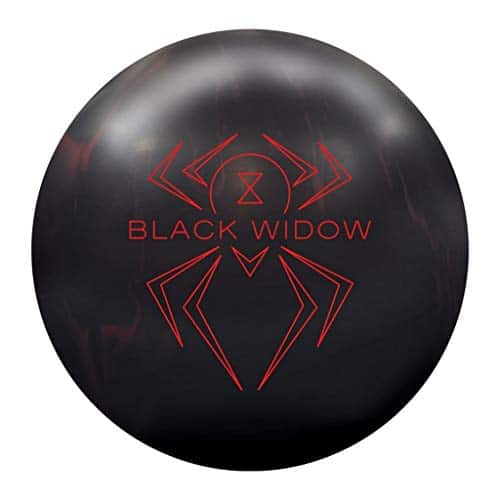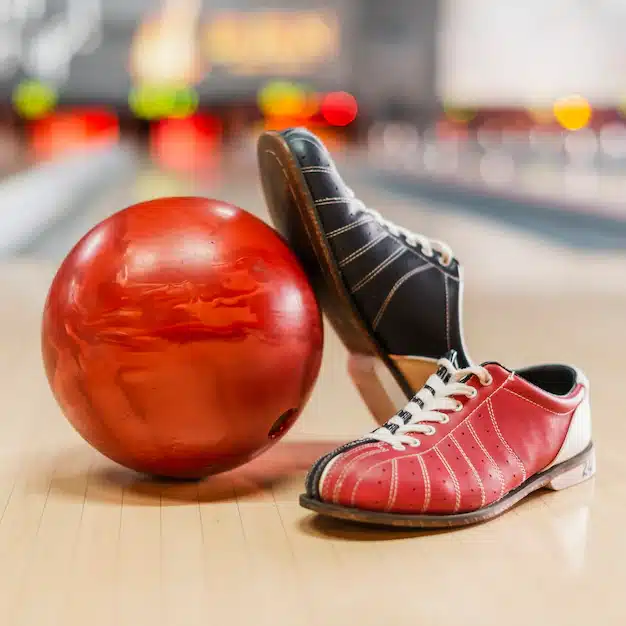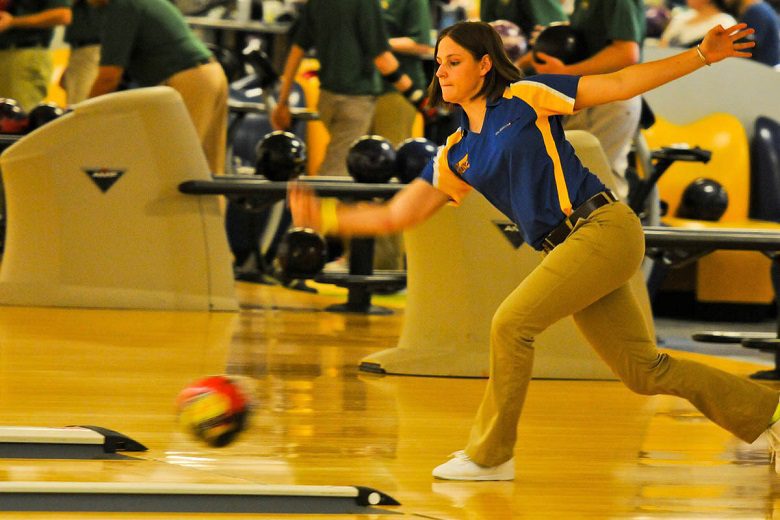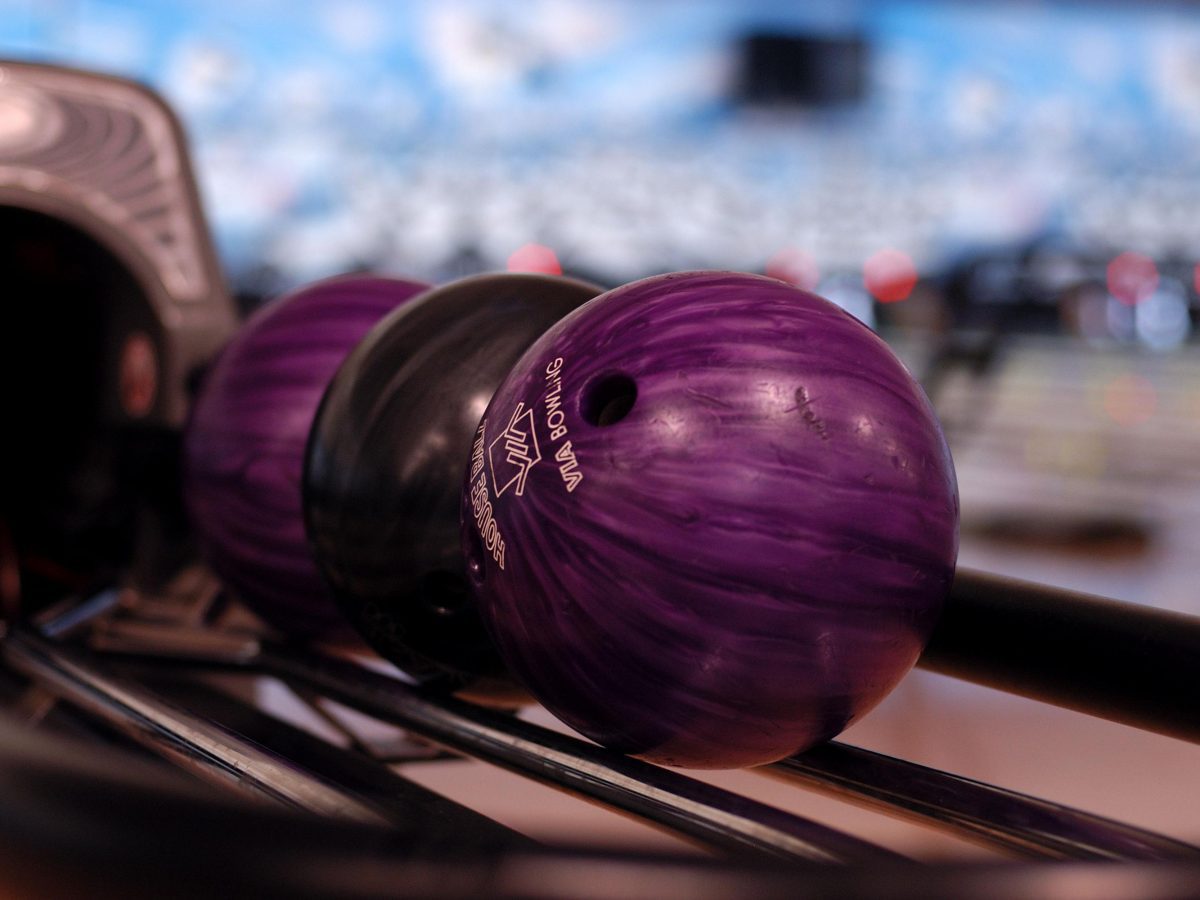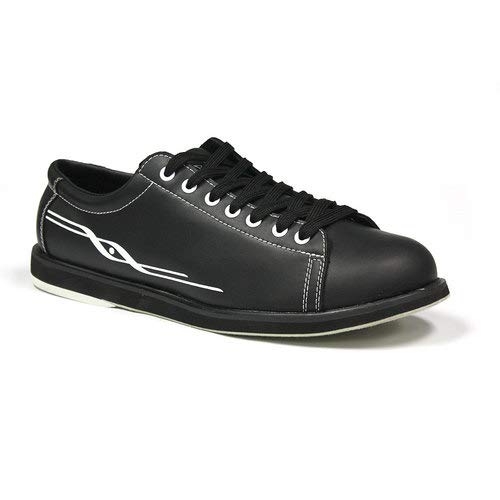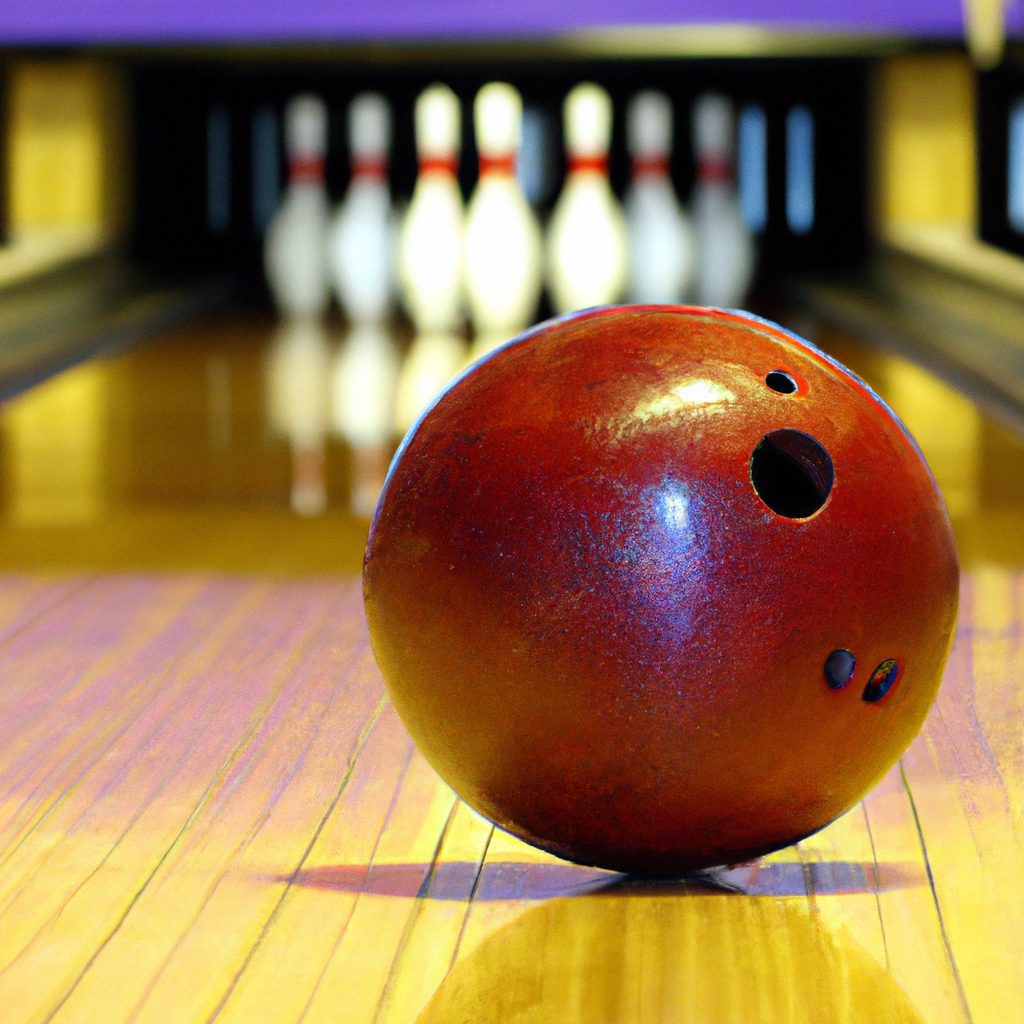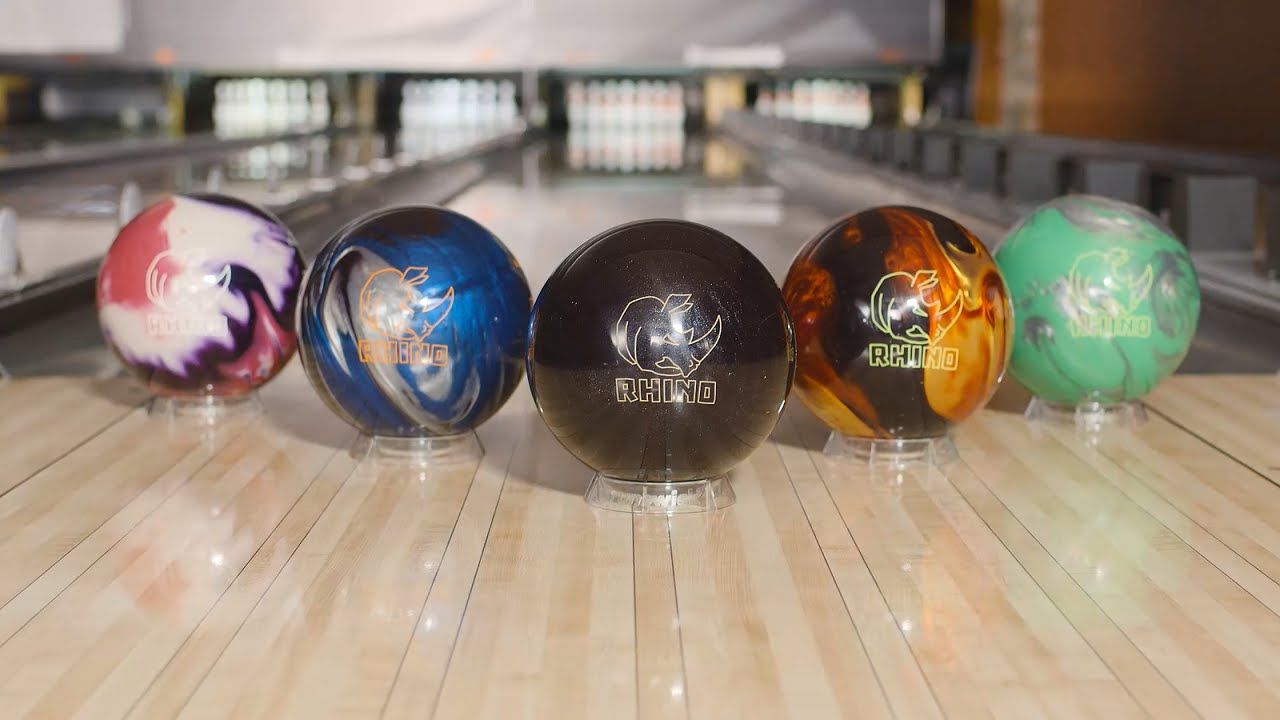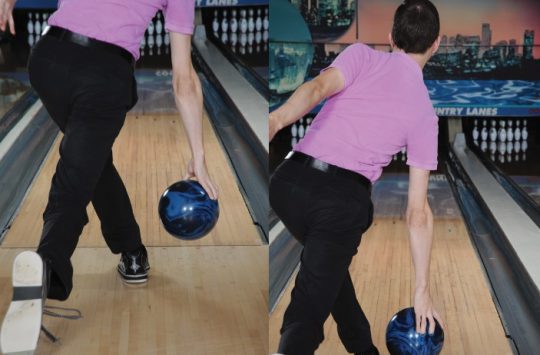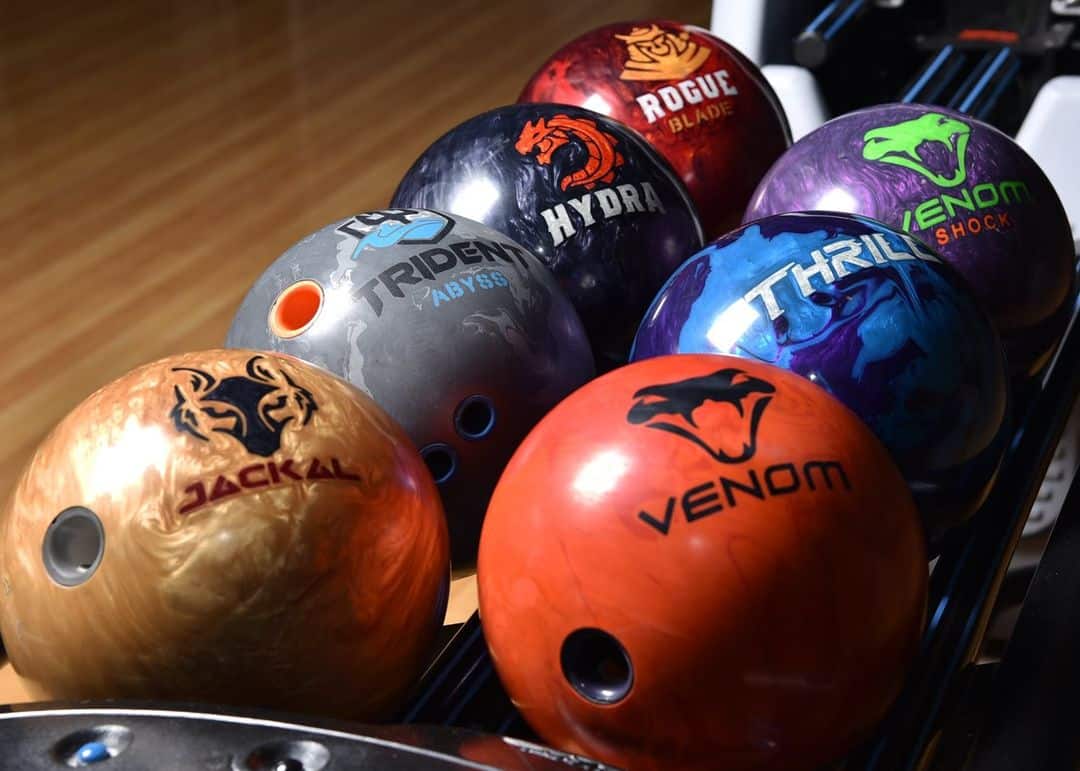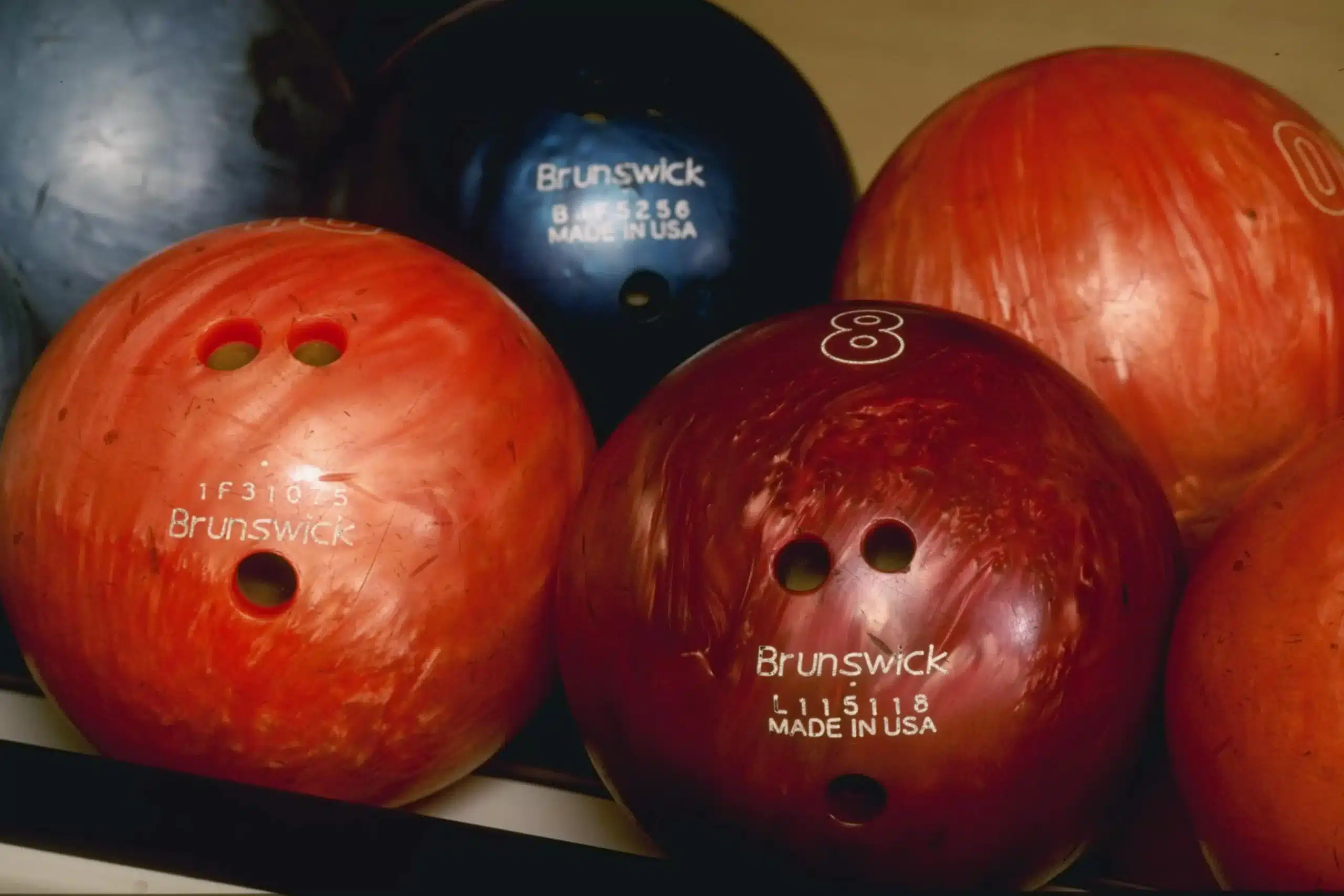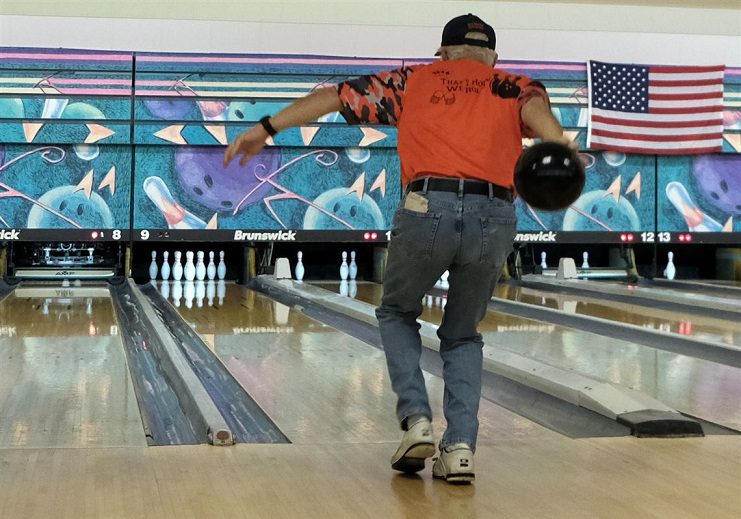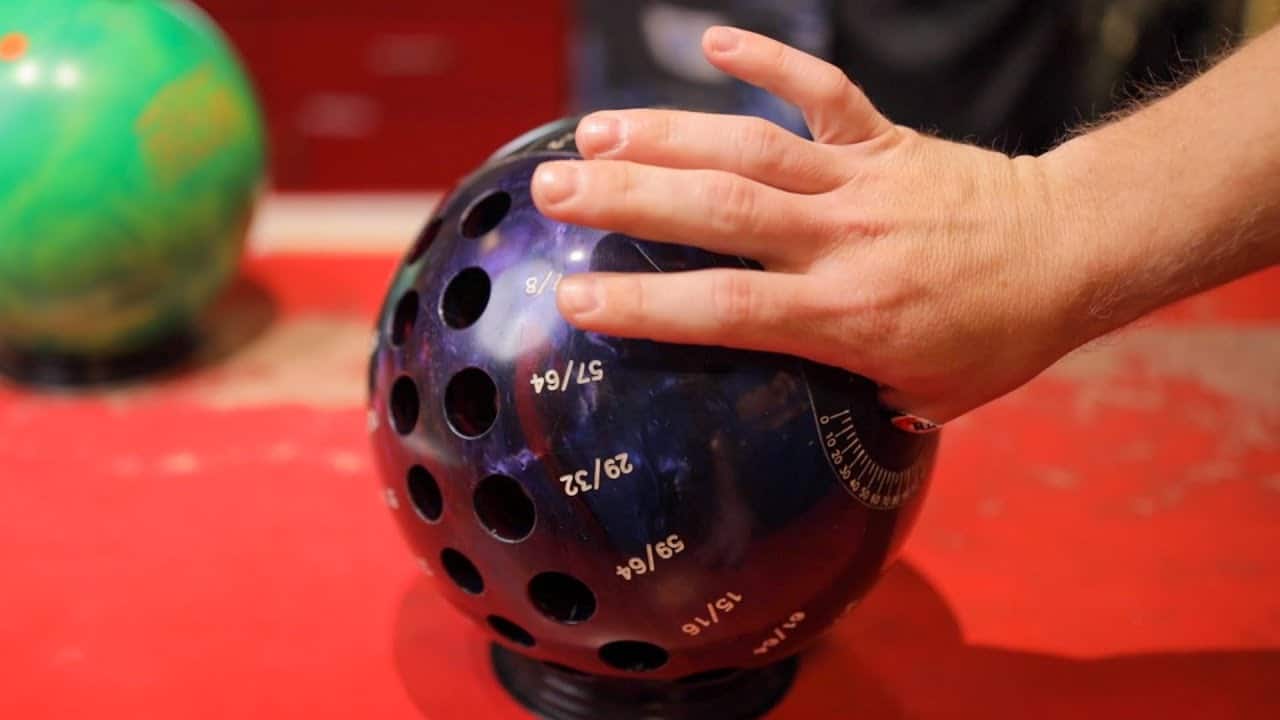Have you ever wondered what makes up a bowling lane? Well, wonder no more! This article will explore the components that create the perfect environment for a fun bowling game. Each part plays a crucial role in the game, from the approach to the pins. So, let’s lace up our bowling shoes and look closer at what makes a bowling lane the ultimate destination for strikes and spares.
Review contents
Introduction
Welcome to our comprehensive guide on the different parts of a bowling lane! Whether you’re a seasoned bowler or new to the sport, understanding the various components of a bowling lane can enhance your overall experience and skill. In this article, we’ll take a friendly and informative approach to explore each part of a bowling lane, from the composition and length to the pin deck and back end. So, let’s dive in and explore the world of bowling lanes together!
Approach
The approach is where bowlers walk and prepare to throw the ball. It is typically made of a smooth, synthetic material to provide consistent traction and prevent slipping. The composition of the approach is engineered to ensure a balanced and controlled delivery. Maintaining proper form while approaching the foul line is essential to achieve your shot’s desired accuracy and power.
Composition
The composition of the approach is often made from materials such as wood or synthetic materials like synthetic epoxy or urethane. These materials are chosen for their durability and ability to withstand heavy foot traffic. The surface should be smooth and free of any imperfections to prevent interference with your approach.
Length
The length of the approach can vary from one bowling alley to another, but the standard length is usually around 15 feet. This gives bowlers enough space to build up momentum before releasing the ball. However, some bowlers prefer a longer or shorter approach based on their style and comfort level.
Oiling Pattern
The oiling pattern on the approach plays a crucial role in how the ball reacts as it travels down the lane. The oil is applied in a specific pattern to create different friction levels. This, in turn, affects the ball’s overall speed and rotation. Bowling alleys often have different oiling patterns to cater to different skill levels and enhance the bowling experience for all players.
This image is the property of www.rookieroad.com.
Foul Line
The foul line is a boundary that separates the approach from the lane, and it guides bowlers to know where to release the ball—stepping over the foul line during the delivery results in a foul, which can lead to a penalty or the loss of points. Pay close attention to the foul line is essential to ensure a fair and accurate game.
Definition
The foul line is a thin, solid line extending across the lane’s width, usually painted or embedded into the lane surface. It marks the boundary between the approach and the actual playing area. Bowlers must release the ball before crossing the foul line to deliver a valid shot.
Indicator Lights
Many bowling alleys have indicator lights near the foul line to assist bowlers in avoiding fouls. These lights illuminate when a bowler crosses the line, alerting them that they have committed a foul. This technology helps bowlers correct their footwork and maintain proper form.
Foul Line Sensors
Some advanced bowling alleys also feature foul line sensors. These sensors detect if a bowler crosses the foul line, providing instant feedback to the bowler and lane attendants. Foul line sensors ensure fair play and contribute to the overall efficiency of managing a bowling center.
Lane Surface
The surface of the bowling lane is where the ball travels after leaving the bowler’s hand. It has unique characteristics that can significantly impact gameplay. Let’s look at the materials used, the length and width, and how they are maintained.
Materials Used
Traditionally, bowling lanes were made from solid maple wood. However, synthetic materials like lane panels and laminates have gained popularity over the years. These materials provide consistent playing conditions and are more durable than natural wood. They also require less maintenance, making them a cost-effective choice for many bowling centers.
Length and Width
The standard length of a bowling lane is 60 feet from the foul line to the pin deck. The lane’s width is around 42 inches, allowing sufficient space for the ball to travel without interference from the gutters. These dimensions provide a balanced and fair playing field for all bowlers.
Maintenance
To ensure optimal playing conditions, bowling lanes require regular maintenance. This includes cleaning the lanes, applying oil in specific patterns, and addressing potential damages. Routine maintenance extends the lifespan of the lane surface and enhances the overall bowling experience.
This image is the property of www.kidslearntobowl.com.
Gutters
The gutters are channels on either side of the lane, running parallel to the lane surface. While they may seem undesirable to hit, especially for beginners, the gutters play a significant role in bowling.
Definition
The gutters are the areas along the edges of the lane where the ball can end up if it veers off course. Aiming for the central part of the lane and avoiding the gutters is essential, as this can result in zero points for that particular shot.
Location
The gutters run alongside the entire lane length, starting from the foul line and extending to the pin deck. They vary in width, with wider gutters often found in bowling alleys designed for beginners or casual players.
Purpose
Although the gutters are not the desired target, they serve a purpose in bowling. They challenge bowlers to maintain accuracy and prevent the ball from drifting off course. The gutters also help keep the ball and pins separated, allowing proper scoring and preventing undesirable pin collisions.
Arrows and Dots
Arrows and dots serve as guiding markers for bowlers, helping them aim for their desired target on the lane. Understanding the placement and purpose of these markers can significantly improve accuracy and performance.
Placement
Arrows are typically located around 12 to 16 feet down the lane. They are evenly spaced and are often positioned around the center of the lane. On the other hand, dots are located closer to the foul line and are usually used as reference markers for release points.
Purpose
Arrows and dots provide bowlers with reference points for aiming their shots. Bowlers can enhance their accuracy by aligning their target with the arrows or dots. These markers help establish consistency in shot placement and contribute to developing a bowler’s skill.
This image is the property of www.courtdimensions.net.
Pins
Pins are the primary targets in bowling, and hitting them is the objective of every shot. Understanding pins’ location, composition, and mechanics is crucial for achieving high scores and enjoying the game to its fullest.
Location
Pins are set up in a triangular formation at the end of the lane, known as the pin deck. The pin deck is positioned approximately 60 feet away from the foul line. International bowling organizations regulate the specific arrangement of the pins to ensure consistency and fairness across all lanes.
Composition
Bowling pins are typically made of a dense, synthetic material such as hard plastic or synthetic resin. This composition allows the pins to withstand the impact of the bowling ball without easily toppling over. Each pin has a specific weight and distribution to ensure a challenging yet rewarding game for bowlers.
Pinsetter Machine
In most modern bowling centers, pinsetting is done by automated pinsetter machines. These machines clear fallen pins, arrange the remaining pins in the correct formation, and return the ball to the bowler. Pinsetter machines have greatly improved gameplay efficiency, allowing bowlers more time to focus on their shots and reducing the need for manual pin setting.
Pin Deck
The pin deck is the area where the pins are set up and where they stand during play. It plays a crucial role in pin interactions and the overall outcome of each shot.
Location
The pin deck is positioned at the far end of the lane, immediately behind the foul line. It is where the pins are strategically arranged in a triangular pattern, ready to be knocked down by the bowler’s ball. The pin deck requires a sturdy and level surface to ensure accurate placement and prevent undesired pin movement.
Surface Material
The surface of the pin deck is typically made from a dense material, such as plywood or synthetic laminates. This provides a solid and stable foundation for the pins and ensures consistent pin behavior during play. The material should be durable enough to withstand the repetitive impacts from the falling pins.
Pin Placement
The pins are placed in a specific triangular configuration on the pin deck, known as the pin spot. International bowling organizations regulate this arrangement to ensure uniformity and fairness across all lanes. Proper pin placement, lane conditions, and pinsetter accuracy impact the game’s overall difficulty and challenge.
This image is the property of www.bowlersreference.net.
Back End
The back end of the bowling lane refers to the area beyond the arrows where the ball transitions into the pins. It is critical in the ball’s trajectory and overall scoring potential.
Breakpoint
The breakpoint is the point on the lane where the ball changes direction towards the pins. The precise location of the breakpoint depends on various factors, such as lane conditions, ball speed, and oil pattern. Bowlers can optimize their scores by understanding the breakpoint and adjusting their shots accordingly.
Dry and Oil Patterns
The back end of the bowling lane is where the oil pattern on the lane significantly affects the ball’s behavior. The oil pattern is essential to maintaining lane conditions and providing a fair playing field for all bowlers. Bowling alleys apply oil to the lane in various patterns to create different friction levels and determine ball movement.
Beyond the oil pattern, the lane’s dry part offers less friction. This can cause the ball to hook or curve sharply as it transitions into the pins. Bowlers must consider the oil pattern and adjust their shots to maintain control and maximize scoring.
Conclusion
We have now explored the various components of a bowling lane, from the approach to the back end. Each part serves a unique purpose and contributes to the overall gameplay experience. By understanding these components, bowlers can enhance their skills, improve their accuracy, and enjoy the game to the fullest.
So next time you step onto a bowling lane, take a moment to appreciate the carefully designed and maintained environment that allows you to enjoy bowling. Whether aiming for the pins, avoiding the gutters, or adjusting your shot based on the oil pattern, remember that each part of the bowling lane is there to ensure the fair and enjoyable experience we all love.
This image is the property of www.angelfire.com.









![Spare bowling ball Top 10 in 2024. (reviews) Top 10 Best Spare Bowling Balls [2021 Reviewed]](http://landofbowling.com/wp-content/uploads/2021/07/Top-10-Best-Spare-Bowling-Balls-2021-Reviewed.jpg)






